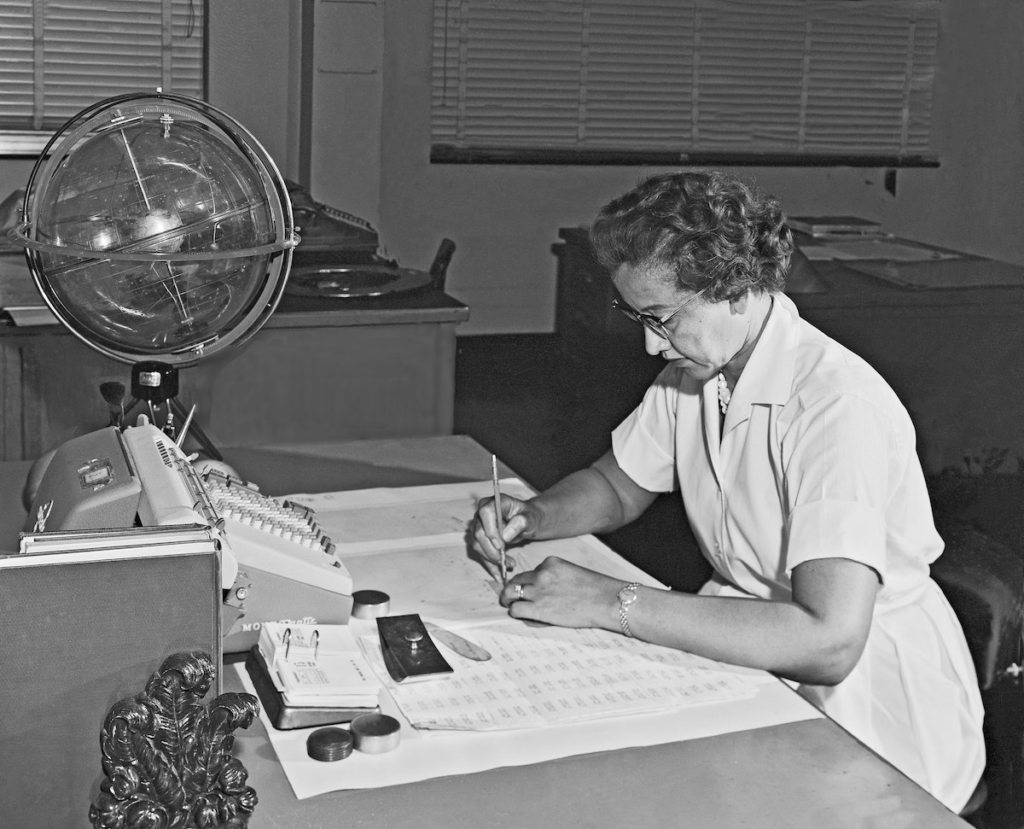I’m sure you’ve all heard the missives about how there’s more computing power in your smartphone than was used to land a man on the Moon. The journey from the time when the word “Computer” was a title assigned to human beings charged with tabulating numbers to the present has been paved with kilometers of silicon, ballooning the scale and scope of computational capacity beyond what those early mathematicians could have ever imagined would be available in their lifetimes.

And, yet, what’s rarely discussed is the parallel revolution that makes all of that silicon so powerful.
Once upon a time, engineers programmed computers by punching holes in patterns on paper cards that they fed to these machines in stacks. Each hole, or lack thereof, represented either a zero or a one, when consumed by these primordial computers.

Zeroes and ones were the earliest instructions delivered to our modern computers. These instructions were the means by which we could change the behavior of the machine without altering the machine itself.
After all, the computers, for all their power, did not speak English.
So they had to communicate with them in code.
Hence, the term “coding”.
Of course, we’ve come a long way from binary code. In many ways, the evolution of software code over the years has been a push/pull between finding increasingly simple and naturalistic ways to tell computers to do increasingly more complex and sophisticated things. But it has always required someone with specialized skills obtained through years spent in universities and graduate schools to master the code.
But, as has been proven time and time again, when you limit participants, you limit ideas.
Imagine how much better the App Store is for being an open platform instead of only offering what the engineers at Apple could think of. As a former colleague at a national financial firm mentioned, the IT department in his company doesn’t have the reach or the knowledge to solve every problem in every corner of his company.
That’s why recent years have seen a push to empower “citizen developers”: non-computer scientists and people who aren’t trained in esoteric programming languages like C++ or Java or SQL, but are empowered by so-called “low code” platforms – where you can tell these applications to perform their specific tasks through just words.
In the software world, they call this natural language processing (NLP).
I’m citing all of this background to really illustrate what is so Earth-shattering about the ascent of ChatGPT and the rest of its extended generative AI family.
Because now the titans of technology have paired some of the most powerful supercomputers ever built with an interface that lets any human being who can form a sentence tell it what to do.
No more variables or regular expressions or for loops or if/then statements.
Just words.
As I’ve joked in some of my workshops, the computer scientists have essentially ceded control to the English majors.
Not only is this revolutionary when you consider the power of what these Large Language Models are capable of, but now, it’s possible for literally every human being on the planet to find a use for some of the most powerful technologies the world has ever known.
That’s the new world.
Now, a 9-year-old can literally deploy a supercomputer to help them optimize their lemonade stand simply by talking to it.
What will you do?

(PS – that little girl is not real. I used Midjourney to create this image.)
